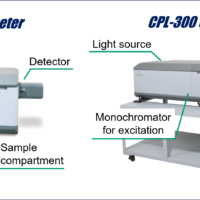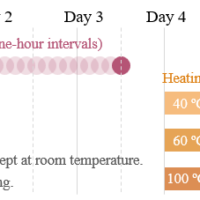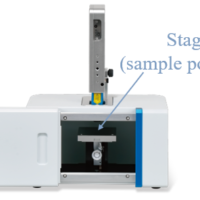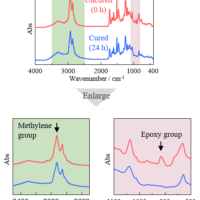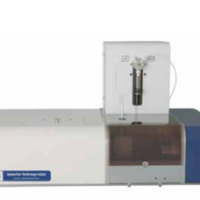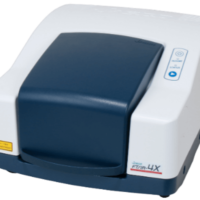In 1822, French physicist Charles Cagniard de la Tour put a liquid and a flint ball into a Papin pressure vessel constructed using a rifle and heated the liquid in a sealed cannon. He then conducted an experiment to determine whether a product was produced.1) When the container was shaken, a splashing sound was heard as the ball penetrated the liquid-gas interface. However, when the container was heated to a temperature sufficiently higher than the boiling point of the liquid, the sound disappeared. He postulated that this was because the liquid and gas densities in the container became equal, so that a single phase was effectively formed. This represented the first discovery of what are now referred to as supercritical states and critical points.
Following this discovery, supercritical fluids became the subject of fundamental physicochemical research to determine the change in the state of materials and their physical properties under supercritical conditions. However, no practical applications immediately emerged. Then, in 1879, Hannay and Hogarth reported that supercritical fluids possessed excellent solvent properties,2) and a second wave of research began.
1) C. Cagniard de la Tour, Ann. Chim. Phys. 21 (1822), 127
2) J. B. Hannay and J. Hogarth, Proc. R. Soc. London, 29 (1879),324
Substances can be in a solid, liquid, or gaseous state depending on the temperature and pressure conditions. For example, water is a liquid at room temperature and pressure, but at atmospheric pressure it changes to vapor (gas) at 100 degree C and ice (solid) at 0 degree C.
When water is placed inside a sealed container and subjected to a vacuum as shown in Fig. 1, some of the water evaporates and the remainder remains in a liquid phase . When the water vapor pressure reaches a certain value, the evaporation rate becomes equal to the condensation rate. This is referred to as the saturated water vapor pressure, and depends on temperature.
Fig. 1 Saturated vapor pressure
As the vessel is heated, the liquid water expands and evaporates, so that its density is reduced. This leads to an increase in the density of the vapor phase. If the temperature exceeds 374 degree C and the pressure exceeds 22.06 MPa, the density of the liquid and vapor phases become the same, making it impossible to distinguish between liquid water and water vapor. The water in this state will not become liquid even if the pressure is increased further. In other words, it’s like a dense gas that doesn’t liquefy.
Fig. 2 Change from liquid to supercritical state
Such a state is called a supercritical state, and a substance in a supercritical state is called a supercritical fluid. The temperature and pressure at which a substance becomes supercritical is called the critical point, the temperature is called the critical temperature, and the pressure is called the critical pressure. Fig. 3 shows a phase diagram for an arbitrary substance, and Table 1 shows the critical temperature and critical pressure for various real compounds.
Fig. 3 Phase diagram for arbitrary substance
Table 1 Critical temperature and critical pressure for various compounds
| Compound | Critical temperature (℃) | Critical pressure (MPa) |
| NH2 | 132 | 11.28 |
| CO2 | 31 | 7.38 |
| N2O | 36 | 7.24 |
| H2O | 374 | 22.06 |
| C3H8 | 97 | 4.25 |
| C6H14 | 234 | 2.97 |
| CH3OH | 239 | 8.09 |
| C2H5OH | 243 | 6.38 |
| C6H5CH3 | 318 | 4.11 |
The density of a supercritical fluid is close to that of a liquid, and such a fluid is a highly effective solvent. However, the viscosity of a supercritical fluid is close to that of a gas, and the diffusion coefficient of a substance in a supercritical fluid is about halfway between that in a liquid and in a gas. In general, supercritical fluids exhibit properties that are intermediate between those of liquids and gases, and these properties are greatly influenced by temperature and pressure. As a result, supercritical fluids are used in a variety of applications such as mobile phases in chromatography, extraction agents, and chemical reaction solvents.
Table 2 Comparison of phases
| Gas | Critical state | Liquid | |
| Density [kg/cm3] | 1 | 100 – 1000 | 1000 |
| Viscosity [mPa·s] | 0.01 | 0.1 | 1 |
| Diffusion coefficient [m2/s] | 10-5 | 10-5 – 10-8 | 10-10 |
| Thermal conductivity x10-3 [W/(m・K)] | 5 – 30 | 20 – 150 | 50 – 200 |

